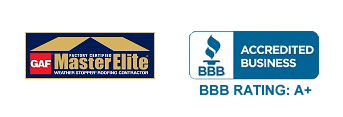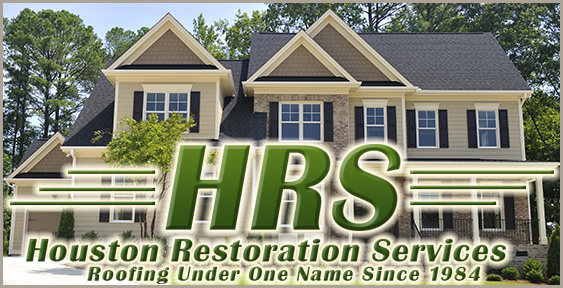
Some storm damage is obvious upon sight, such as a fallen tree through the roof or, worse yet, a roof blown off by high winds. Other types of storm damage, meanwhile, may be less obvious unless the symptoms are recognized. Becoming familiar with both the exterior and interior signs of damage can help homeowners catch problems early on so they can contact a Houston roofing company. Repairs can then be made before more extensive damage occurs.
Whole or partial branches may have fallen and damaged the roof in places that are not easily visible to homeowners on the ground. Performing a thorough inspection of the roof after a storm provides the quickest solution for spotting damage. Pitting, tenting and bruising of shingles are some of the exterior signs that indicate the presence of hail damage. Damage caused by hail less than one inch in diameter is more difficult to see. This damage can be identified by small indentations that are circular on the main body of the shingle or semicircular on the edges of the shingles. Hail larger than one inch in diameter leaves deeper indentations and bruising. Larger hail may even cause tenting in stronger winds and storms.
Roofers from Houston Restoration Services of Houston TX would be happy to answer any question you have about remodeling or commercial roofing.
Buckling, cracks and discoloration are additional signals of damage. Hail, tree branches and flying debris can all land with a force strong enough to buckle and break the exterior of the roof. Discoloration indicates that storm damage has allowed moisture to enter, which causes additional damage that's occasionally visible inside the home.
Interior signs include sagging ceilings, discoloration of ceiling material and changes in heating and cooling costs not attributed to seasonal changes. Water damage occurs when the roof has been compromised. This can cause structural damage and infect the house with mold and bacterial growth. Stains on the ceiling may occur with or without leaks. If there is no leaking, moisture may be gathering and seeping into insulation and framework. Excessive moisture, when left untreated, provides conditions conducive to mold and other deterioration. Mold contributes to asthma and respiratory difficulties for residents, meanwhile.
Heating and cooling costs can rise quickly when destruction decreases the efficiency of systems due to leakage and air flow. Cracks and holes caused by storm damage also allow insects and other small animals access to the home, causing further harm and infestation. Contacting a local roofing company that is familiar with the specific needs of the area helps homeowners avoid additional damage to homes.








